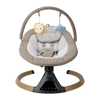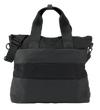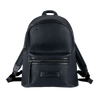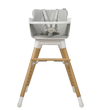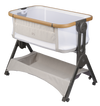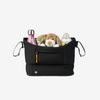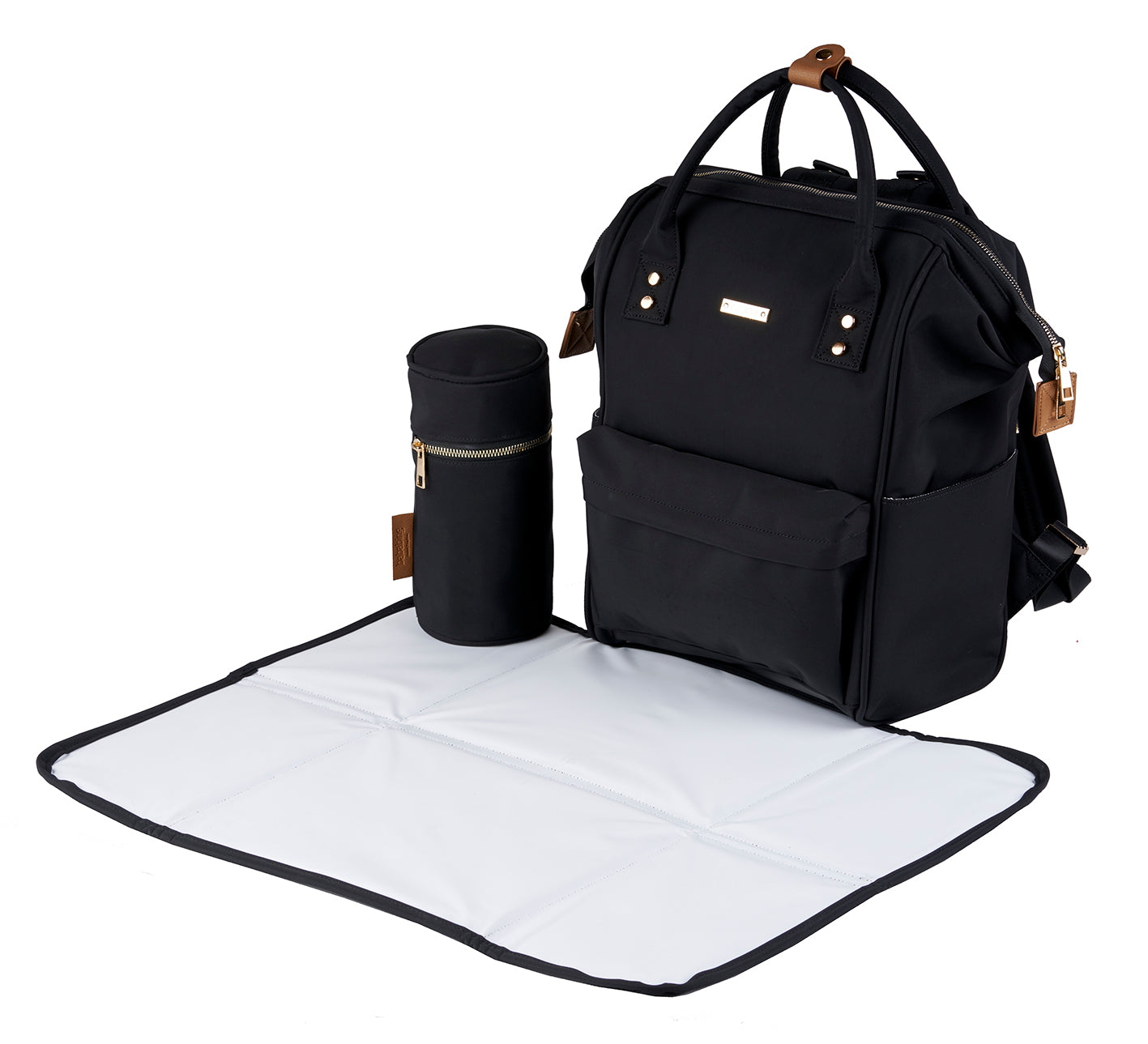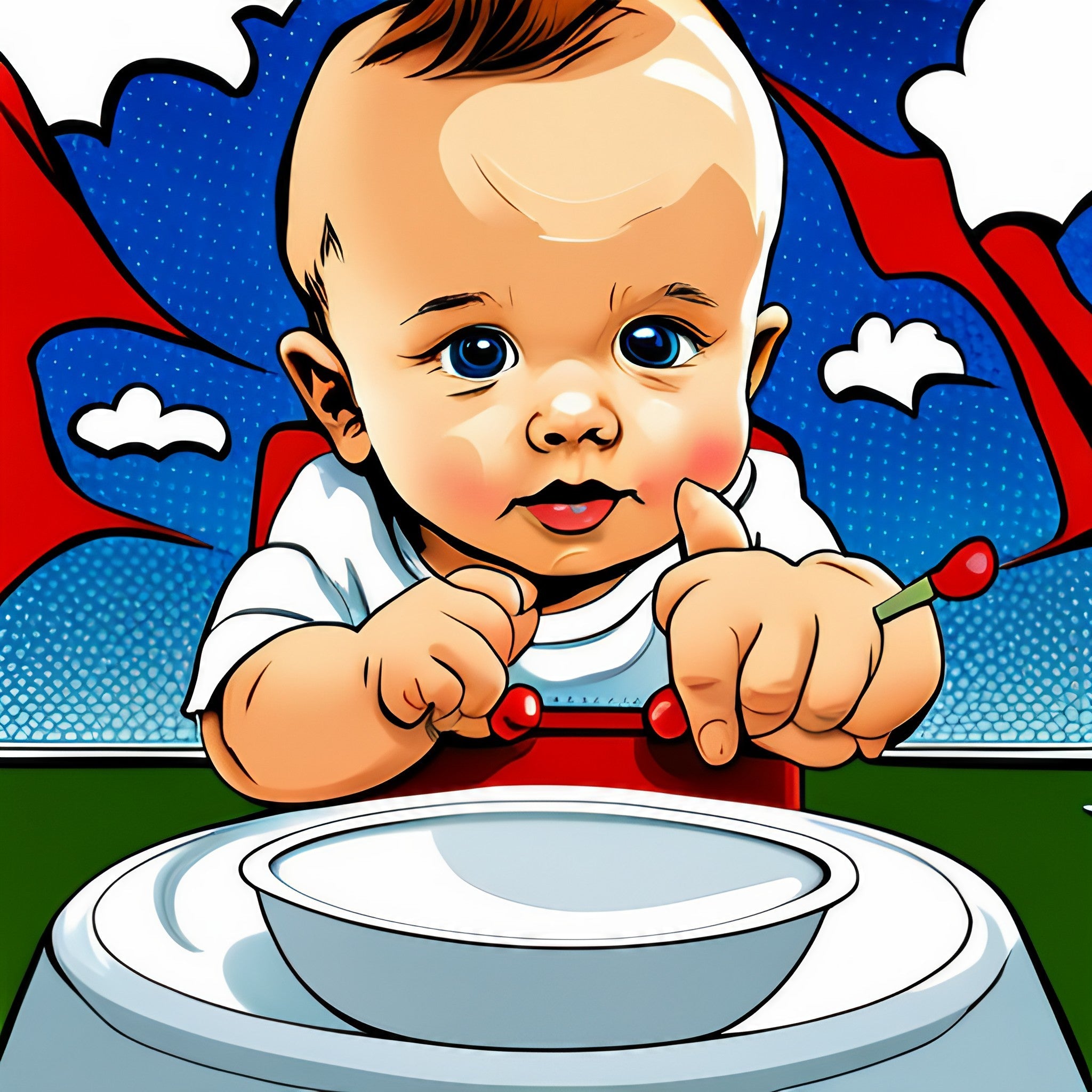Where Do Babies Sleep During the Day? (2023 Guide)
Babies often sleep during the day in various places, primarily where they're comfortable and safe. This can include places like a crib, bassinet, or a parent's arms. It's crucial to ensure that the sleeping environment is secure and without any potential hazards to guarantee the baby's safety. It's also recommended to have babies sleep in the same room as their caregiver for the first six months, to monitor and attend to their needs effectively.
Daytime Naps
Daytime naps are crucial for a baby's growth and development. It's during these nap times that babies rest and rejuvenate, allowing their bodies and brains to grow. The frequency and duration of these naps can vary significantly, depending on the baby's age and individual needs. As a parent or caregiver, it's essential to read the signs of tiredness in a baby and create a peaceful and comfortable environment for daytime napping.
Do's and Don'ts of Baby Sleep Guidelines
Do's
- Do establish a routine: Babies thrive on predictability. Establish a consistent sleep schedule and stick to it - this helps regulate your baby's internal clock and prompts them to sleep at the same times each day.
- Do create a sleep-friendly environment: Make sure the baby's room is quiet, dark, and cool. Consider using a white noise machine to soothe your baby and block out other sounds.
- Do put your baby to sleep on their back: This is the safest sleep position for preventing sudden infant death syndrome (SIDS).
Don'ts
- Don't use loose bedding: Avoid using pillows, blankets, or stuffed animals in the crib to reduce the risk of suffocation or strangulation.
- Don't rely on motion for sleep: Although car rides or swings might put your baby to sleep, you don't want them to become dependent on movement for sleep.
- Don't ignore signs of sleepiness: Rubbing eyes, yawning, and fussiness are all signs that your baby needs to sleep. Ignoring these signs can lead to overtiredness, making it more difficult for your baby to fall asleep.
Essential Baby Sleep Gear
Choosing the right sleep gear can make a significant difference in creating a safe and comfortable sleep environment for your baby. Here are some recommend items:
- Cribs: Choosing a safe, sturdy crib with a firm mattress is essential. Ensure the crib meets all current safety standards and avoid models with drop-side rails.
- Sleep Sack: A sleep sack is a wearable blanket that keeps your baby warm without the risk of loose blankets. Look for one that's appropriate for the season and your baby's age.
- White Noise Machine: This device creates a soothing background noise that can help lull your baby to sleep and mask disruptive noises.
- Night Lights: A soft night light can provide enough illumination for night-time feedings or diaper changes without disturbing your baby's sleep.
- Baby Monitor: This device allows you to monitor your baby's movements and sounds while they sleep. Opt for a model that includes both audio and video for complete peace of mind.
Remember, the goal is to create a safe, comfortable, and relaxed environment that encourages healthy sleep patterns.
Non-Essential Baby Sleep Gear
While certain items are essential for your baby's sleep safety and comfort, others can be considered as non-essential or even unnecessary. Here are a few:
- Fancy Beddings: While they may look attractive, plush bedding, pillows, and bumper pads can pose a risk of suffocation and are not recommended for infants.
- Mobiles: Mobiles can be a nice decoration, but they aren't necessary for sleep. Additionally, once your baby can stand, they could potentially pull it down which poses a safety risk.
- Expensive Cribs: Although a sturdy crib is necessary, it doesn't need to be the most expensive model as long as it meets safety standards.
- Character-Themed Bedding: While these might seem cute, they can actually be overstimulating for your baby and prevent them from falling asleep easily.
- Sleep Positioners: Some products claim to help keep your baby in a certain position during sleep. However, these are not recommended as they can increase the risk of SIDS (Sudden Infant Death Syndrome).
Remember, the goal is to keep your baby safe and comfortable during sleep without overspending on unnecessary items.
Baby Sleep and Developmental Milestones
Understanding your baby's sleep patterns can provide valuable insight into their developmental milestones. During the first few months, babies sleep for the majority of the day, distributed between numerous naps. As they grow, the number of naps decreases while night-time sleep increases.
At around 3 to 4 months of age, babies often experience a sleep regression due to a shift in their sleep cycle to mirror that of an adult, moving from REM sleep to non-REM sleep. This is also a time when many babies begin to self-soothe and may start sleeping for longer stretches at night.
By 6 months, many babies start sleeping through the night, though some may still wake up for feedings. This is also a period where separation anxiety might begin to manifest, causing disruptions in sleep.
Around the first birthday, most babies consolidate their sleep into two naps during the day and a longer sleep period at night. This is also when dreams and nightmares begin to occur, which can sometimes lead to night-time awakenings.
Remember, all babies are unique and may not follow these exact patterns. Always consult your paediatrician if you have concerns about your baby's sleep.
Note on Baby Sleep and Sudden Infant Death Syndrome (SIDS)
While ensuring a sound sleep schedule and environment is essential for your baby, it's equally important to be aware of factors that can contribute to Sudden Infant Death Syndrome (SIDS). SIDS is the sudden, unexplained death of a baby younger than 1 year of age that doesn’t have a known cause even after a complete investigation. To reduce the risk of SIDS, health experts recommend placing your baby to sleep on their backs until they reach 1 year of age. Also, use a firm sleep surface, such as the mattress in the Bababing crib, covered only by a fitted sheet. The crib should be free from loose bedding, pillows, and soft toys, as these items can obstruct the baby’s airway during sleep. Furthermore, sharing the room with the baby (but not the same bed) is recommended for at least the first six months. Regular prenatal care and keeping the baby away from smoke, alcohol, and illicit drugs can also lower the risk of SIDS. Remember, every baby is unique, and these are generic recommendations. It's always advisable to consult your paediatrician for guidance tailored to your baby's specific needs.
Baby Sleep and Carrycots
Carrycots, often referred to as bassinets, play a key role in promoting safe and sound sleep for newborns and infants. Their compact size and cozy environment are designed to mimic the womb’s surroundings, providing a comforting space for your little one. It's essential that carrycots, like cribs, adhere to the safety guidelines related to infant sleep.
When using a carrycot, position your baby on their back, just as you would in a crib. The mattress should be firm, with a fitted sheet and no loose bedding or toys that might interfere with the baby's breathing. Carrycots are portable, making them a great choice for room sharing, which is highly recommended for at least the first six months of a baby's life. This allows parents to keep a close eye on their baby, enhancing their safety.
The portability of carrycots also means they are ideal for travel or day trips, ensuring your baby has a familiar and safe sleep environment wherever you go. As always, individual needs may vary, so it's advisable to reach out to your paediatrician for personalized advice on using a carrycot for your baby's sleep needs.
In conclusion, the importance of providing a safe sleep environment for your baby cannot be overstated. Whether it's a crib at home or a carrycot on the go, adhering to safety guidelines and recommendations is crucial in reducing the risk of SIDS and ensuring your baby's overall well-being. Remember, each baby is unique, so it's vital to seek personalized guidance from your paediatrician. Embrace this journey of parenthood with confidence, knowing that you're making well-informed decisions for your precious little one's sleep and safety. View the award winning Bababing Crib.





